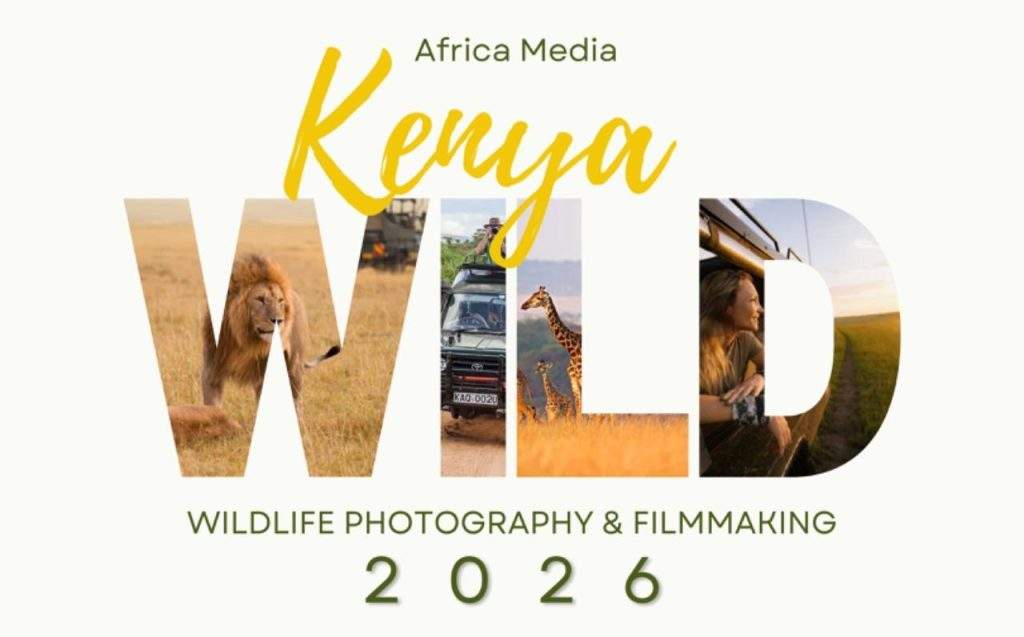The ultimate guide to taking photographs of a leopard
The leopard is the most illusive member of the big 5. They are very hard to spot, being master tree climbers. These shy creatures are definitely the most challenging to shoot. On the same note, if you do get to capture one, they are the most rewarding. Take a photograph of a leopard!
Leopards are a wonderful sight, they are Africa’s most beautiful hunter. Their cat like charm is mesmerizing. The way they slink, stalk and stretch brings to mind a runway model and, being models, they are always perfectly composed and poised.
Here is my advice to set you up for the perfect photograph of a leopard
- A long lens is favorable. Try for 400mm at least. Leopards are shy so being further away from them will allow you to document more natural behaviour.
- Compensate for camera shake by using a beanbag to stabilize your camera on the car, assuming you are shooting from a vehicle.
- Highlighting features of the leopard are its eyes, whiskers, pout, fur and long tail.
- If you strike gold and spot a leopard in a tree, try use the trees bark or leaves to frame the shot strategically.
- When you notice a leopard stalking an animal, focus your lens on the prey rather than the leopard to prevent having to move your camera to vigorously.
- As with all wildlife photography, stand with your back to the sun if possible, this increases your chances of catching the light in your subjects eye. Leopards have particularly intense eyes so try get your focus as hard as possible on their eyes.
- Leopards are often hunted for their fur. It is strikingly beautiful, appealing to the fashion industry because it is so unique and to native tribes for its regal status. The spots on its fur are called rosettes because they look like little black roses. Try to take photographs that highlight their fur, especially if you can get a shot of the sun bouncing off of it – giving a glossy appeal.
- Be patient and try to look for clues that the leopard is going to yawn or stretch, these photos can be spectacular.
Download FREE eBook featuring 40 proven fundraising techniques to finance your next overseas experiential adventure
Some behavioral cues of leopards
- Leopards are very strong climbers. Their bodies are adapted for climbing better than any other cat species. They use this to their advantage by dragging their kills up trees to prevent hyenas and lions from stealing their meal.
- Mother leopards will seek a private place to give birth and have litters of 3 or 4 cubs. It is exceptionally hard to find them. They are extremely private about parenting their cubs when they are new.
- One of the reasons leopards are so rarely seen is due to them being nocturnal, doing most of their hunting between dusk and dawn.
- Leopards are not adverse to water as their other cat relatives. They are strong swimmers. If the leopard happens to be by a watering hole keep your wits about you for a swimming shot. They have been documented hunting small crocodiles.
- They can pounce up to 6 meters so be prepared for a leap if you’re lucky!
- Scratching and marking trees to establish their territory. Being lone animals they prefer to let other leopards know where they are. Males can track females when they are in heat and steer clear of other males to define territory boundaries.
Cats have taken over the internet for a reason and if you are lucky enough to see a leopard you will soon realize that they have a very similar demeanor to a domestic house cat only with much more independence and a little more deadly grace.
We often visit Jukani Wildlife Sanctuary with our students for an intimate experience with the resident big cats. They DO NOT offer cub cuddling experiences and follow the strict #HandsOffOurWildlife campaign, they do not exploit their animals for the sake of profits. An awesome place to take a photograph of a leopard if they allude you in the wilderness.
Don’t forget your sunscreen and water bottle.
If you would like to read more about photographing big cats check out my other posts about photographing a lion, part of my whole big 5 series.
Happy clicking!

Blogger Profile - Robyn Green
Robyn brings with her a serious passion for people and animals alike. She also teaches a workshop called Social Media and the Independent artist. The workshop is aimed at helping freelance photographers, writers and film makers build their online presence.
Kickstart your wildlife media career!
Find your perfect wildlife media speciality program




